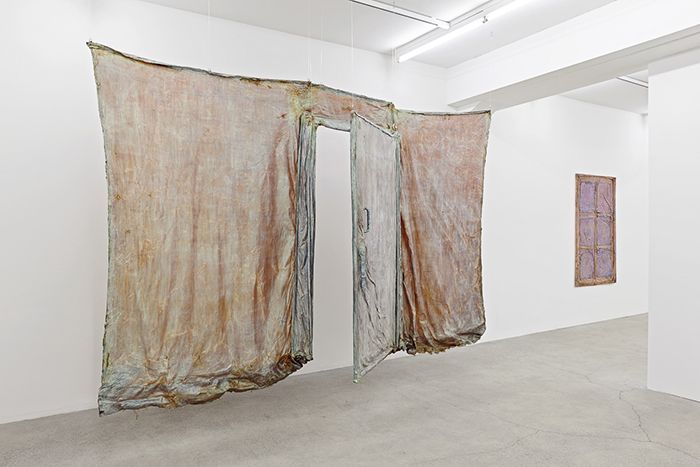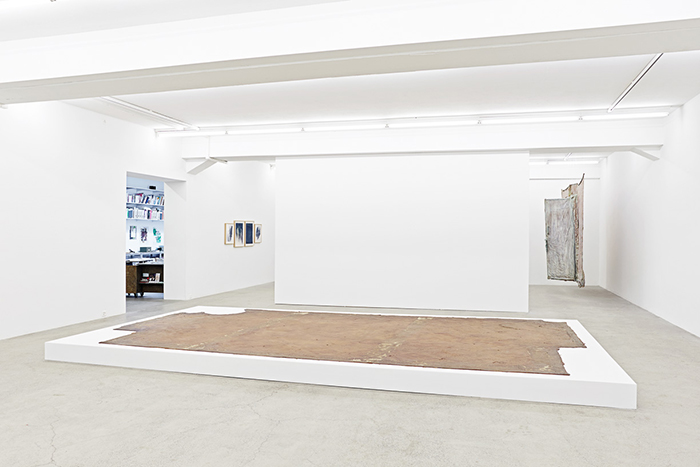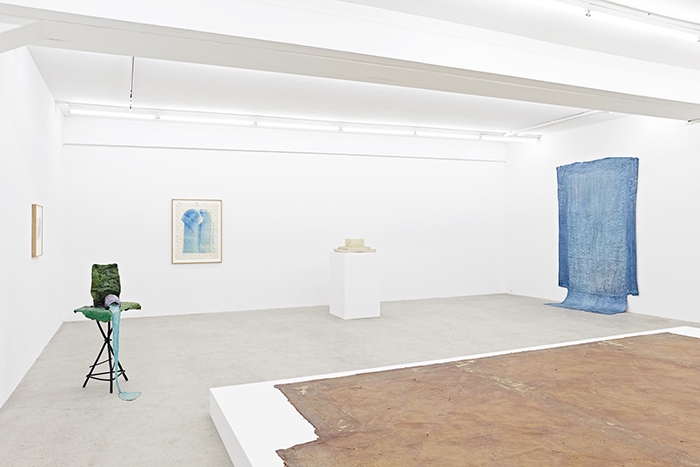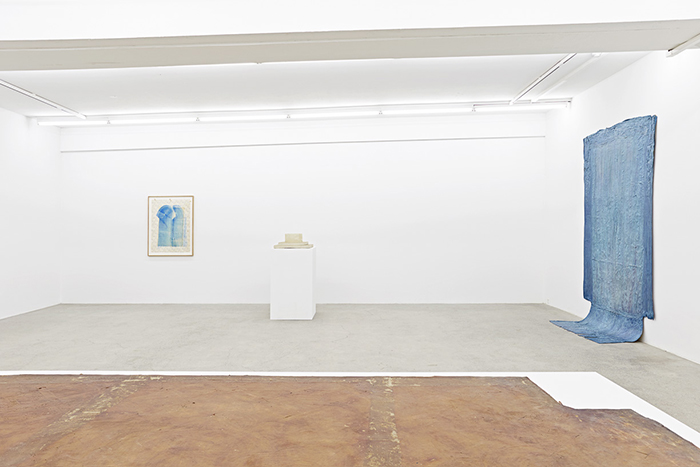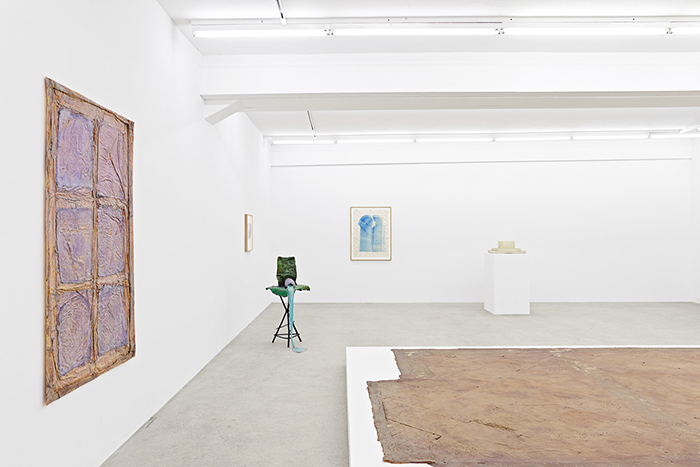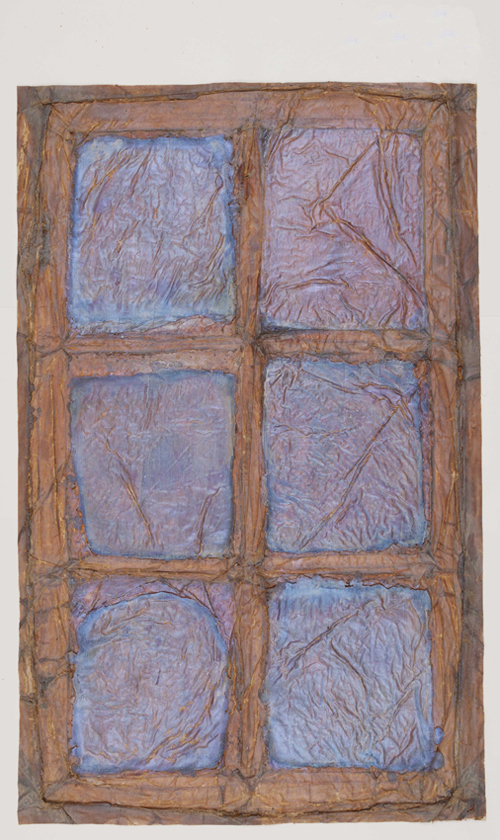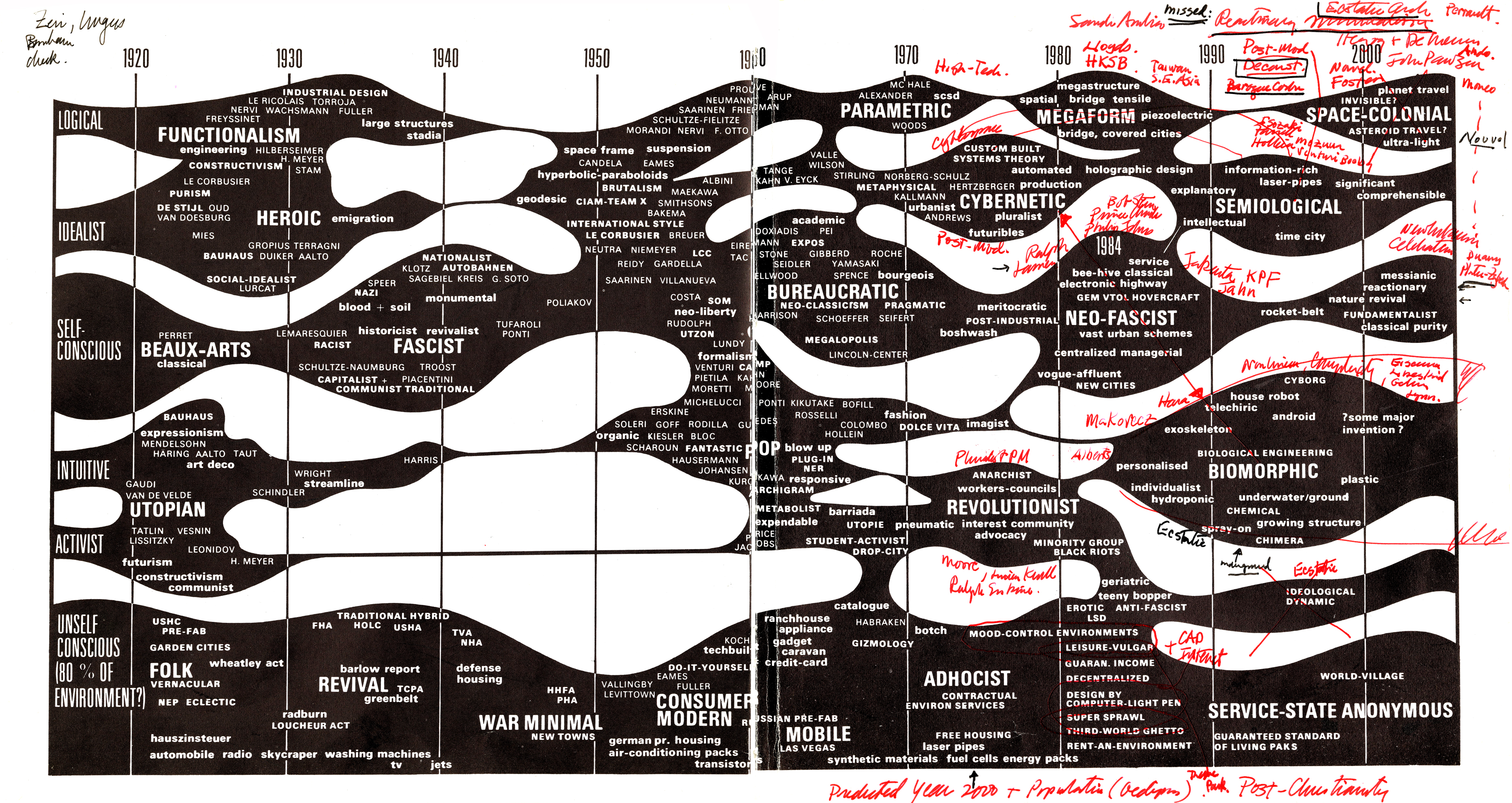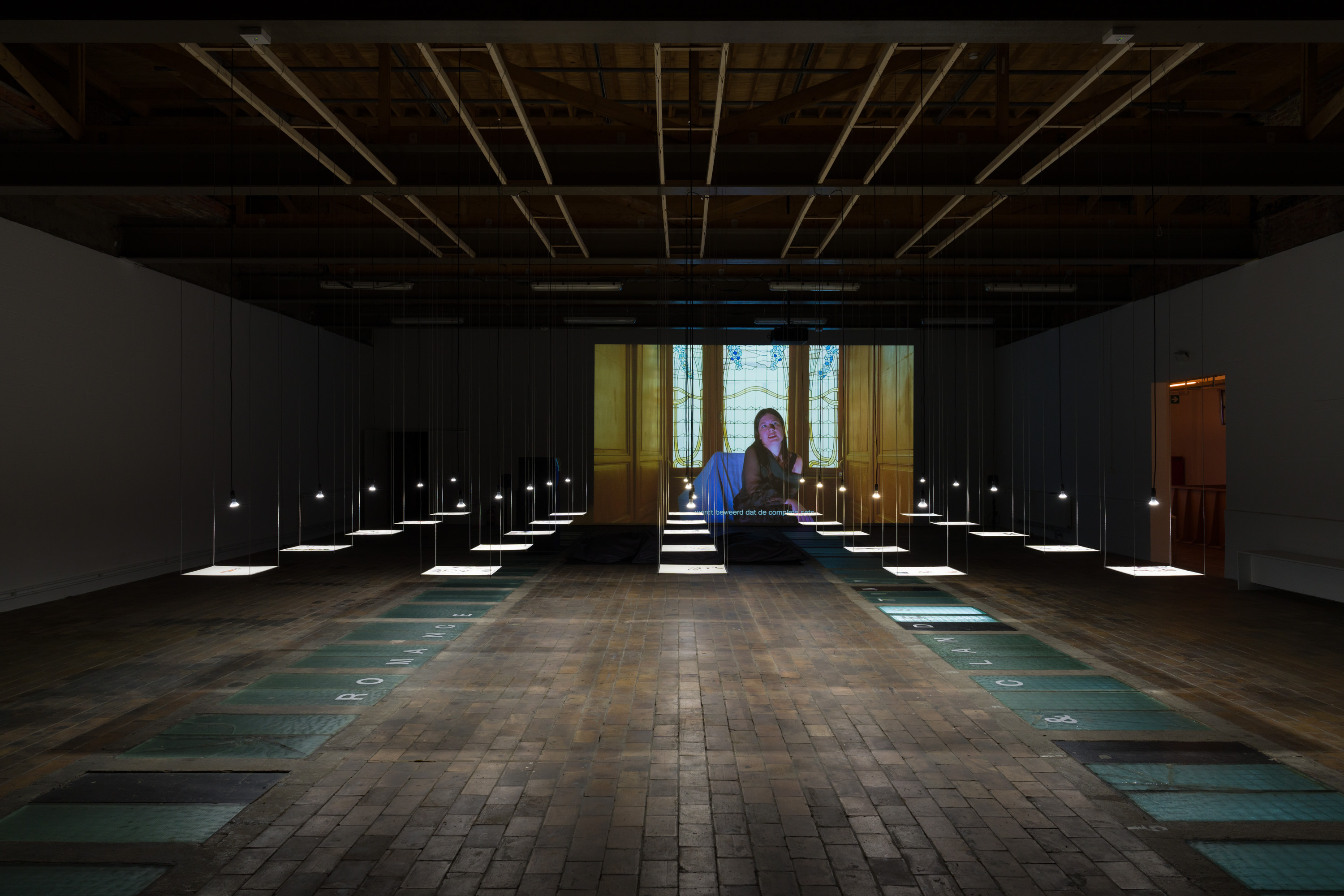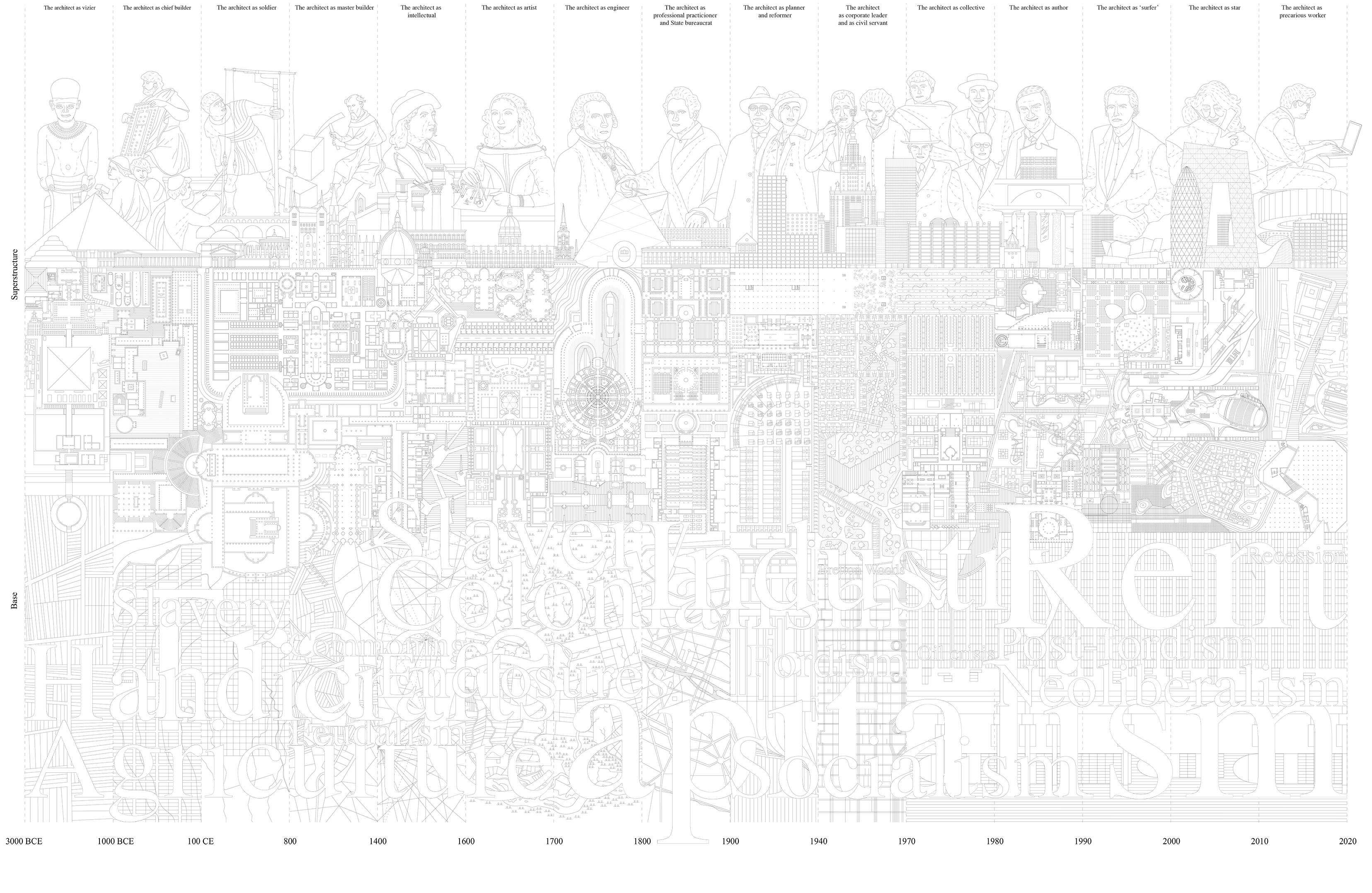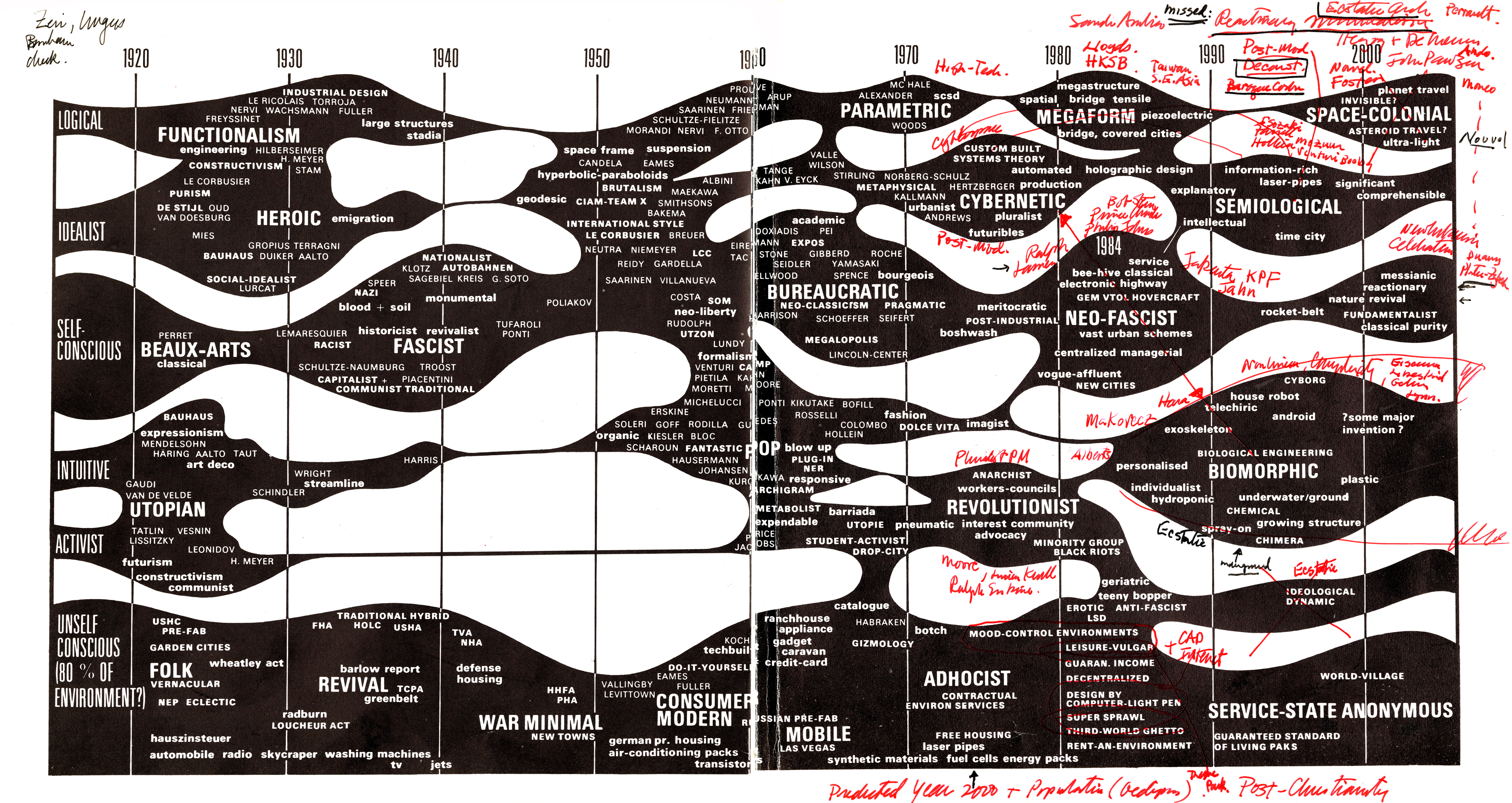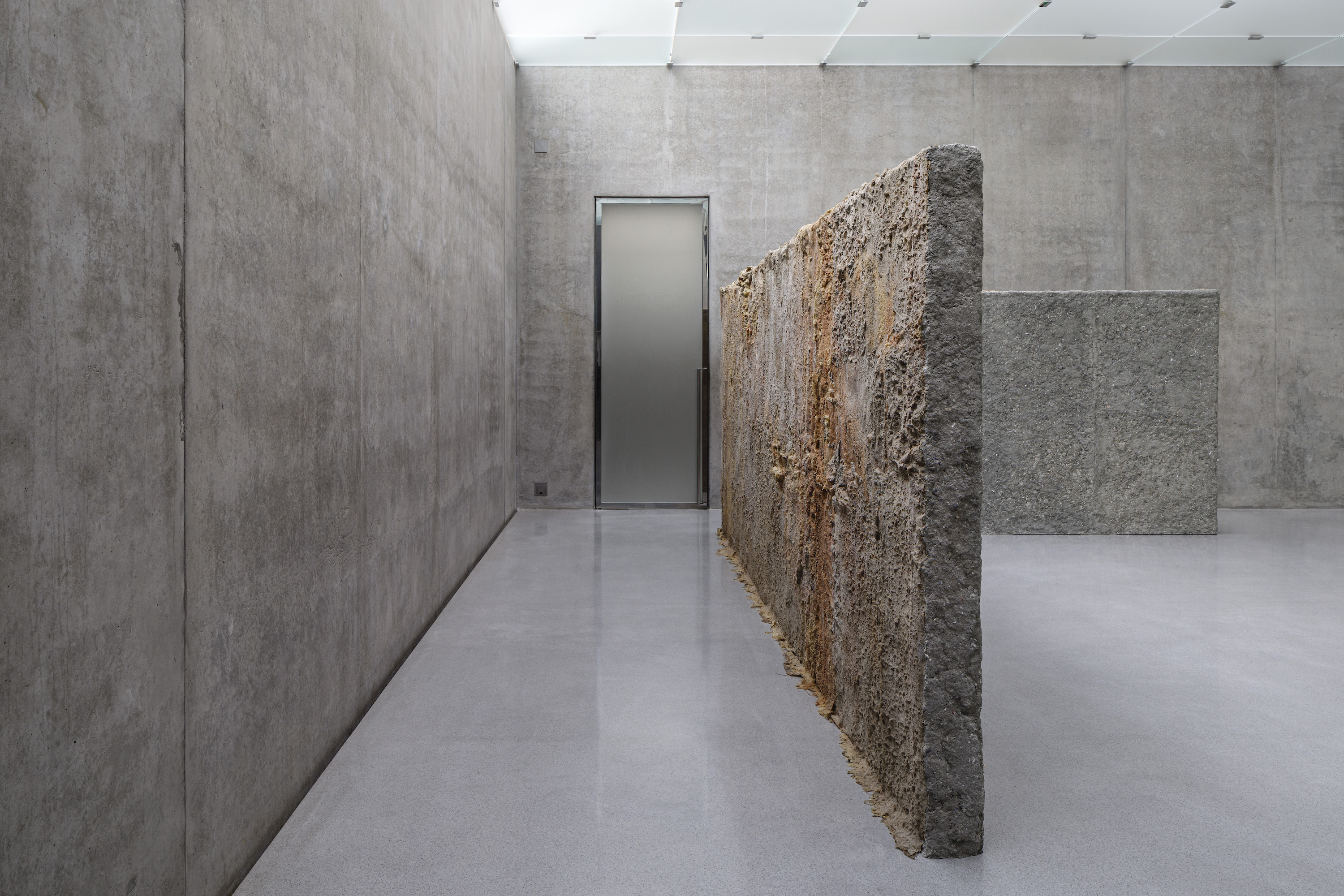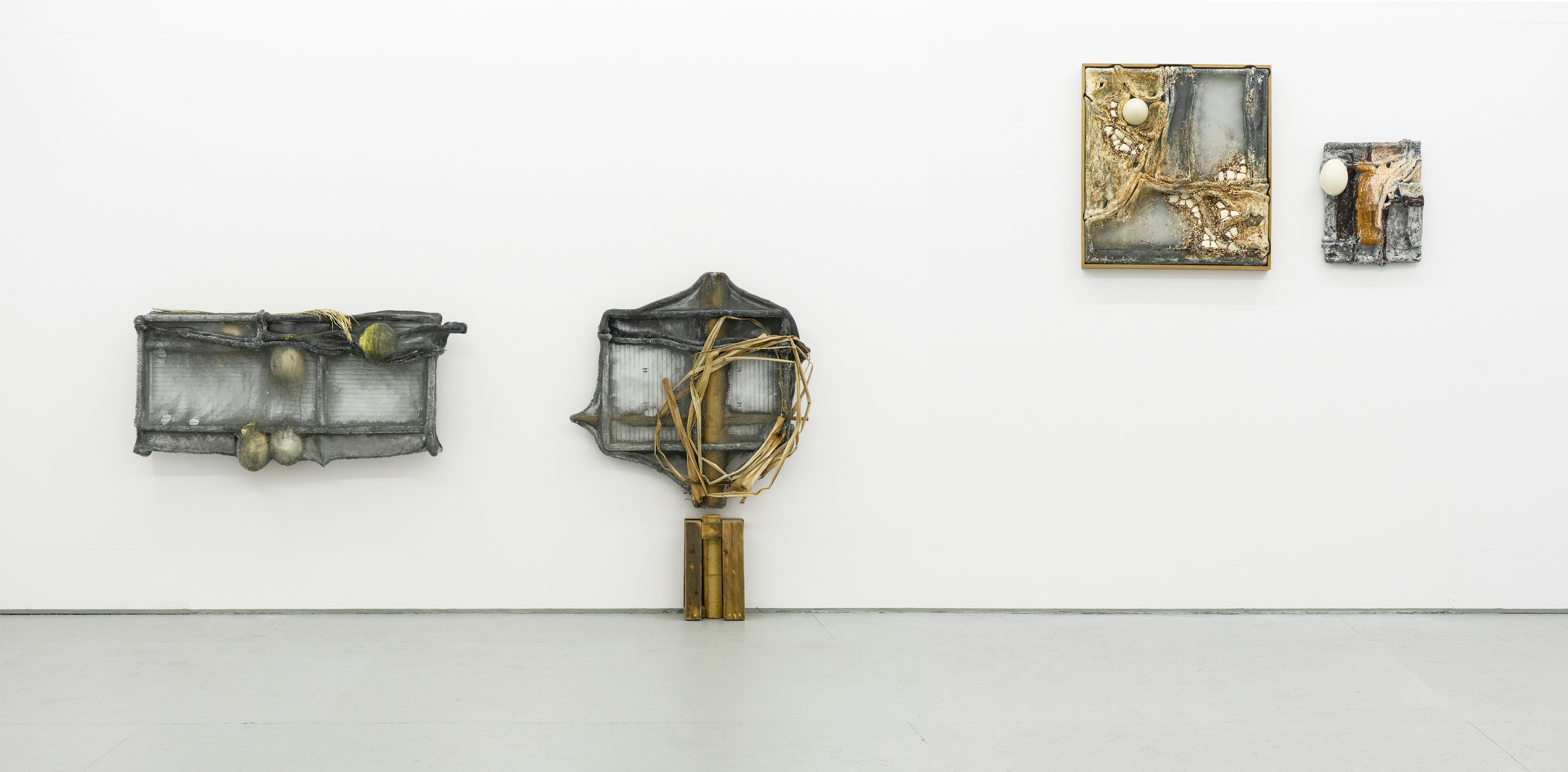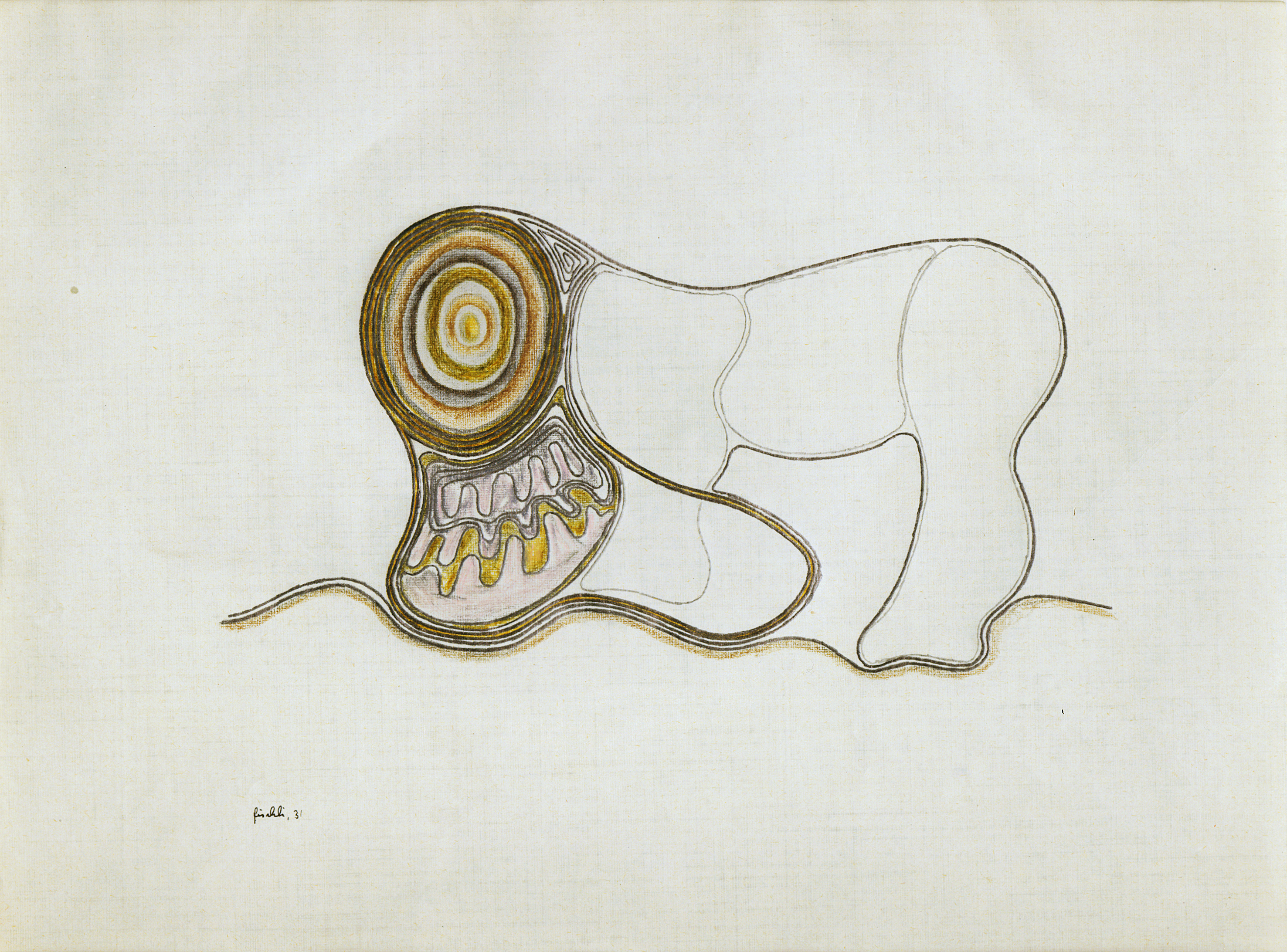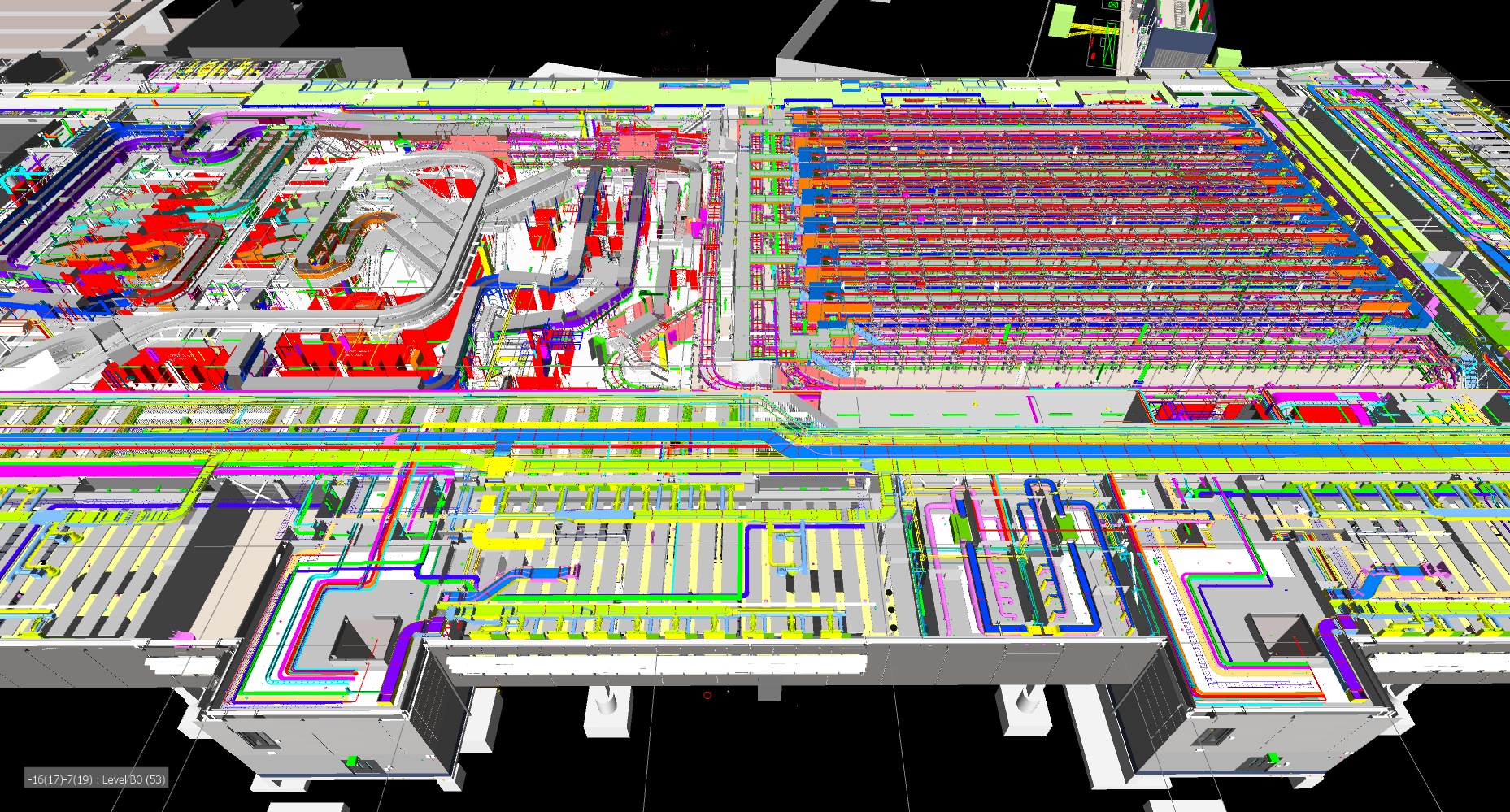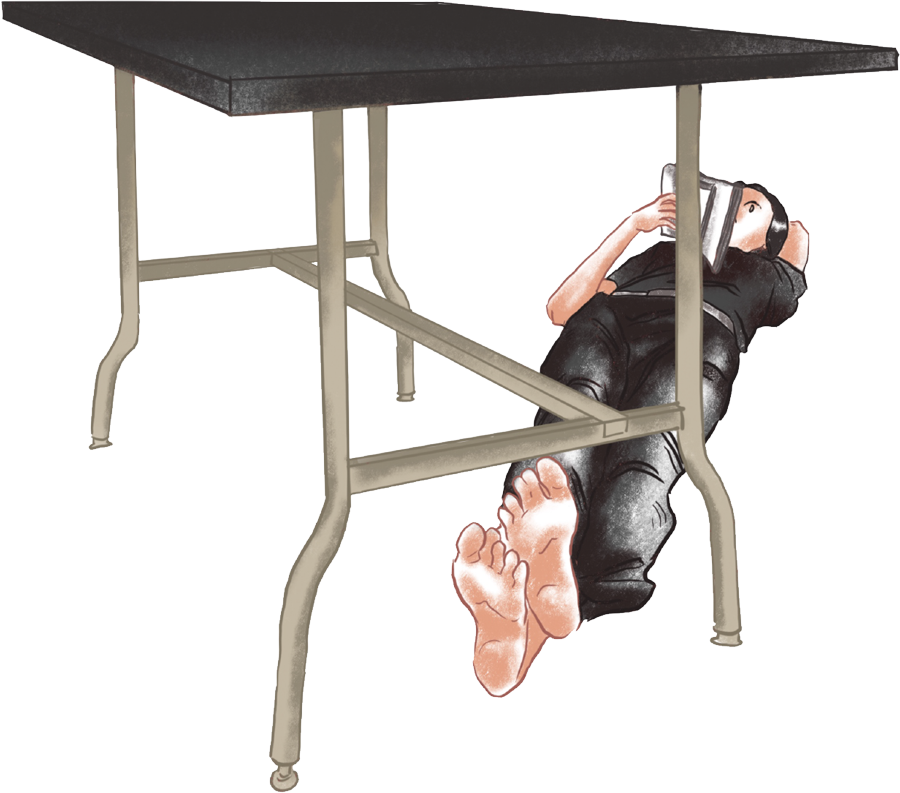October 5–November 16, 2013
The Swiss artist Heidi Bucher once described her work like that of a forensic scientist: “We paste the rooms and then listen. We observe the surface and coat it. We wrap and unwrap. The lived, the past, becomes entangled in the cloth and remains fixed there. Slowly we loosen the layers of rubber, the skin, and drag yesterday into today.”1 These words describe the Häutung (or “skinning”) process that resulted in Bucher’s most plangent works, several of which are included in her current solo exhibition at freymond-guth Fine Arts. Exemplifying the new resurgence of interest in Bucher’s work (with exhibitions at the Centre Culturel Suisse in Paris, The Approach in London, Musée Rath in Geneva, and Palazzo Cavour in Turin already scheduled this year), “Water, Houses” offers a critical reassessment of the artist’s later work that is broader and more balanced than the psychological and biographical readings that have dominated its reception since her death in 1993.
Born in Winterthur in 1926, Bucher exhibited her work throughout her lifetime within Europe and in the United States, which is where she also lived and worked for a number of years. It was there that the comical, futuristic costumes she created out of foam with her then-husband Carl Bucher were featured on the front cover of the fashion magazine Harper’s Bazaar. However, it was Bucher’s latex skinning of rooms and architectural elements for which she would become known, and was prominently showcased at a retrospective exhibition at the Migros Museum for Gegenwartskunst in Zürich in 2004.
Bucher started working with latex in the late 1970s when she returned to Switzerland and took up residence in a former butcher’s shop. Her skinning method involved covering the interior surfaces of buildings with a woven cloth and then impregnating it with liquid latex. Once dried, she would peel the coating away creating large sections of thin rubber that, in the most ambitious examples, became independent structures, oscillating between interior and exterior space. Her first project involved skinning what she called the “Borg,” the erstwhile cold room in the basement of the building that ultimately became her studio. Entitled Türe zum Borg [Door to the Borg] (1976), this complex work is held aloft by a few fine threads in the middle of the gallery. When we approach its rubber surface, its installation is a touch reminiscent of hanging meat. In it, we can make out the details of the wall outside Bucher’s studio—including the door standing ajar at its center with two heavy handles gnarled by the molding process. Further outcomes of this technique can be seen in the exhibition, including the undated Obermühle, Parquet room nr. 25, a carpet she made of natural rubber and jute fibers while working on the floor, and other works that are hung from the wall, like Untitled (Window, Weinbergstrasse) (ca. 1974–77).
While Bucher was certainly not the first artist to use latex in her work—Eva Hesse made her first sculptures out of the material in 1967—her formal approach related most significantly to architecture and interior spaces. For example, one of the artist’s most impressive pieces, Hautraum (Ricks Kinderzimmer, Lindgut Winterthur) [Skin Room, Rick’s Nursery, Lindgut Winterthur] (1987)—currently on view in the “Collection on Display” group exhibition at the Migros Museum, located just one floor below the gallery—is a skinning of an entire room from her grandparents’ home. Whereas Hesse initially engaged with the materiality of latex itself—its mutability and the sculptural forms that could be created out of it—Bucher’s work was influenced by the postwar re-evaluation of architect and theorist Gottfried Semper’s Bekleidungsprinzip. First published in 1860, Semper’s theory has been variously translated into English as a principle of “cladding,” or “dress.” The theorist himself linked the development of architecture to that of textiles, and accorded decoration, which reflects a building’s cultural and social context, an elevated role surpassing the customarily preeminent architectural frame.
Despite more than thirty years having passed since Bucher first recorded her spatial impressions (the material is now browned with age), we can still discern the structure of the parquet floor and the wooden moldings, as well as the brush, cloth, and hand strokes with which she applied the latex. By introducing mother of pearl pigments into the rubber, these otherwise neutral, indeed initially almost transparent, impressions of surfaces acquire a reptilian glint. The latex thus encapsulates the memories contained in these once familiar, familial rooms. It is as if these spaces—similar to the Lindgut house that stood vacant as she worked there—have been stripped of their emotional content by virtue of their absorption into the rubber, which the artist then removes with a gesture not unlike that of tearing tissues apart. In recent years, the architect Jorge Otero Pailos has used a similar technique with latex to strip buildings’ patinas, opening up a different discussion about the ethics of preservation and restoration. However, as seen in other works in the exhibition, like her early collages in silk or watercolor drawings—not to mention the very title of the exhibition—Bucher was foremost interested in fluidity and transformation, and not simply latex’s sticky fixing power. It provided a means of shedding layers, like a snake’s molting of skin, or—somewhat paradoxically—of creating new light, decorative structures that the viewer can walk into, like the donning of new attire.
So why is this work relevant now? It is certainly not timeless, as its fragility is clear, but the work is remarkably durable. While some contemporary artists like Sam Falls or Annette Kelm investigate—with a whole host of digital image-manipulation techniques at their disposal—how much saturation a visual plane can withstand, the results of these approaches can seem frustratingly flat. In contrast, Bucher’s work offers an alternative organic sheath to these digital surfaces. Her skins are not only for the eye, but they also operate like sensory organs, an intermediary between being and the world, one that feels, remembers, and changes in response to its social and spatial environment.
This statement by Heidi Bucher appeared in a press release for the “Heidi Bucher: Mother of Pearl” exhibition at the Migros Museum für Gegenwartskunst from November 13, 2004–January 9, 2005. Translation mine.
